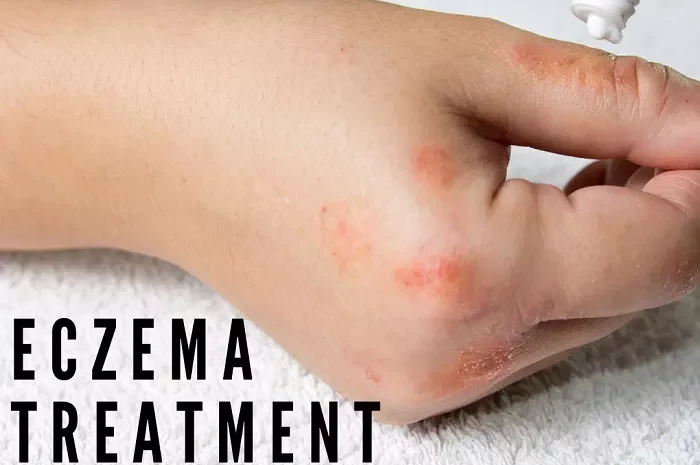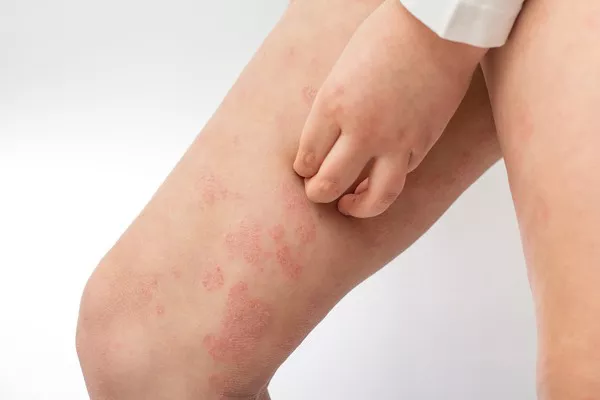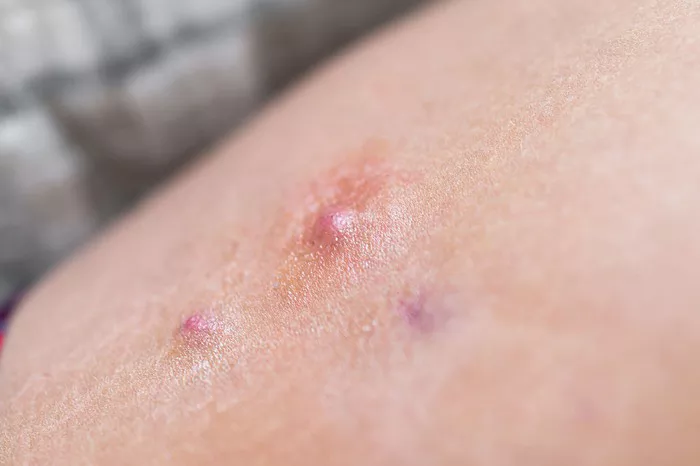Eczema, also known as atopic dermatitis, is a common skin condition that causes dry, itchy, and inflamed skin. It can affect people of all ages, but it is especially common in children. One effective method to manage eczema symptoms is through the use of wet wraps. This article will explore what wet wraps are, how they work, their benefits, and how to use them effectively.
What Are Wet Wraps?
Wet wraps are a treatment technique for eczema that involves applying a damp layer of clothing or bandages over the affected areas of the skin. The goal is to hydrate the skin, reduce itching, and enhance the effectiveness of topical medications. Wet wraps can be used in conjunction with moisturizers and prescription treatments.
Components of Wet Wraps
Moisturizer: A thick, emollient moisturizer is applied to the affected skin before the wet wraps are put on. This helps to lock in moisture.
Wet Layer: This is typically a piece of clothing, bandage, or gauze that is soaked in water or a diluted topical treatment.
Dry Layer: After the wet layer, a dry layer is placed on top. This helps keep the wet layer in place and retains moisture.
How Do Wet Wraps Work?
Wet wraps work by creating a moist environment that benefits the skin. Here’s how they function:
Hydration: The dampness from the wet wraps helps to hydrate dry skin. This is crucial for eczema, which thrives in dry conditions.
Barrier Formation: The wet wraps create a barrier that prevents moisture loss from the skin. This helps maintain hydration.
Soothing Effect: The coolness of the wet fabric can provide relief from itching and discomfort. This is especially helpful during flare-ups.
Enhanced Absorption: When used with topical medications, wet wraps can enhance the absorption of these treatments, making them more effective.
Benefits of Wet Wraps for Eczema
Wet wraps offer several benefits for individuals struggling with eczema:
1. Improved Skin Hydration
The primary benefit of wet wraps is enhanced hydration. By trapping moisture in the skin, they can help alleviate dryness, which is a common issue for those with eczema.
2. Reduced Itching and Inflammation
The coolness of the wet wraps can provide immediate relief from itching. Additionally, by keeping the skin moist, they can reduce inflammation and redness associated with eczema.
3. Enhanced Effectiveness of Treatments
When used in conjunction with topical medications, wet wraps can improve the absorption of these treatments, leading to better overall management of eczema symptoms.
4. Convenient for Overnight Use
Wet wraps can be especially beneficial at night. They can help prevent scratching during sleep, allowing for better rest and recovery for the skin.
5. Versatile for Different Skin Areas
Wet wraps can be applied to various parts of the body, including arms, legs, and even the face, making them a versatile treatment option.
How to Use Wet Wraps for Eczema
Using wet wraps effectively requires a few simple steps. Here’s a step-by-step guide:
Step 1: Gather Your Supplies
You will need:
- A thick, emollient moisturizer
- Soft gauze or cotton cloth
- Water or a topical treatment (if recommended by a healthcare provider)
- Dry clothing or bandages to cover the wet layer
Step 2: Prepare the Affected Area
Clean the Skin: Gently wash the affected area with a mild, fragrance-free cleanser. Pat the skin dry with a soft towel.
Apply Moisturizer: Generously apply a thick moisturizer to the affected area. Make sure to cover all dry patches thoroughly.
Step 3: Prepare the Wet Layer
Soak the Cloth: Soak the gauze or cotton cloth in water. You can also use a diluted topical medication if prescribed by your doctor.
Wring Out Excess Water: Make sure the cloth is damp but not dripping wet. Excess water can make the wraps uncomfortable.
Step 4: Apply the Wet Layer
Gently wrap the damp cloth around the affected area. Ensure that it is snug but not too tight, as this can cause discomfort.
Step 5: Add the Dry Layer
Cover the wet layer with a dry piece of clothing or bandage. This will help keep the wet layer in place and retain moisture.
Step 6: Monitor the Wraps
Keep the wet wraps on for a specified period, usually several hours or overnight. Check periodically to ensure they remain damp. If they dry out, you may need to re-moisten them.
Step 7: Remove the Wraps
After the designated time, gently remove the wet wraps. Clean the area again if necessary and reapply moisturizer to lock in hydration.
When to Use Wet Wraps
Wet wraps can be used during eczema flare-ups or as a regular part of your skincare routine. Here are some scenarios in which they may be particularly beneficial:
Severe Eczema Flare-Ups: When symptoms are at their worst, wet wraps can provide immediate relief.
Nighttime Use: Applying wet wraps before bed can help reduce scratching during sleep and promote better skin recovery.
Post-Bathing Routine: After bathing, when the skin is still slightly damp, wet wraps can enhance hydration.
Considerations and Precautions
While wet wraps can be highly effective, there are some important considerations:
1. Consult a Healthcare Professional
Before starting wet wraps, it’s advisable to consult with a dermatologist or healthcare provider, especially for children. They can provide personalized recommendations and guidance.
2. Monitor for Skin Reactions
Keep an eye on the skin for any adverse reactions. If irritation or worsening symptoms occur, discontinue use and consult a doctor.
3. Maintain Hygiene
Ensure that the wet wraps are kept clean and dry. Wash them regularly to prevent bacterial growth.
4. Avoid Irritating Fabrics
Use soft, breathable fabrics for the wet and dry layers to prevent further irritation. Avoid rough or synthetic materials that may aggravate sensitive skin.
Conclusion
Wet wraps are a valuable tool for managing eczema symptoms. They offer a simple yet effective way to hydrate the skin, reduce itching, and enhance the effectiveness of topical treatments. By following the proper steps and working closely with a healthcare provider, individuals with eczema can incorporate wet wraps into their skincare routine for improved skin health and comfort.
If you or a loved one suffers from eczema, consider trying wet wraps as part of your treatment plan. With consistent use and the right approach, you can help soothe your skin and manage eczema more effectively.
Related topics:



























